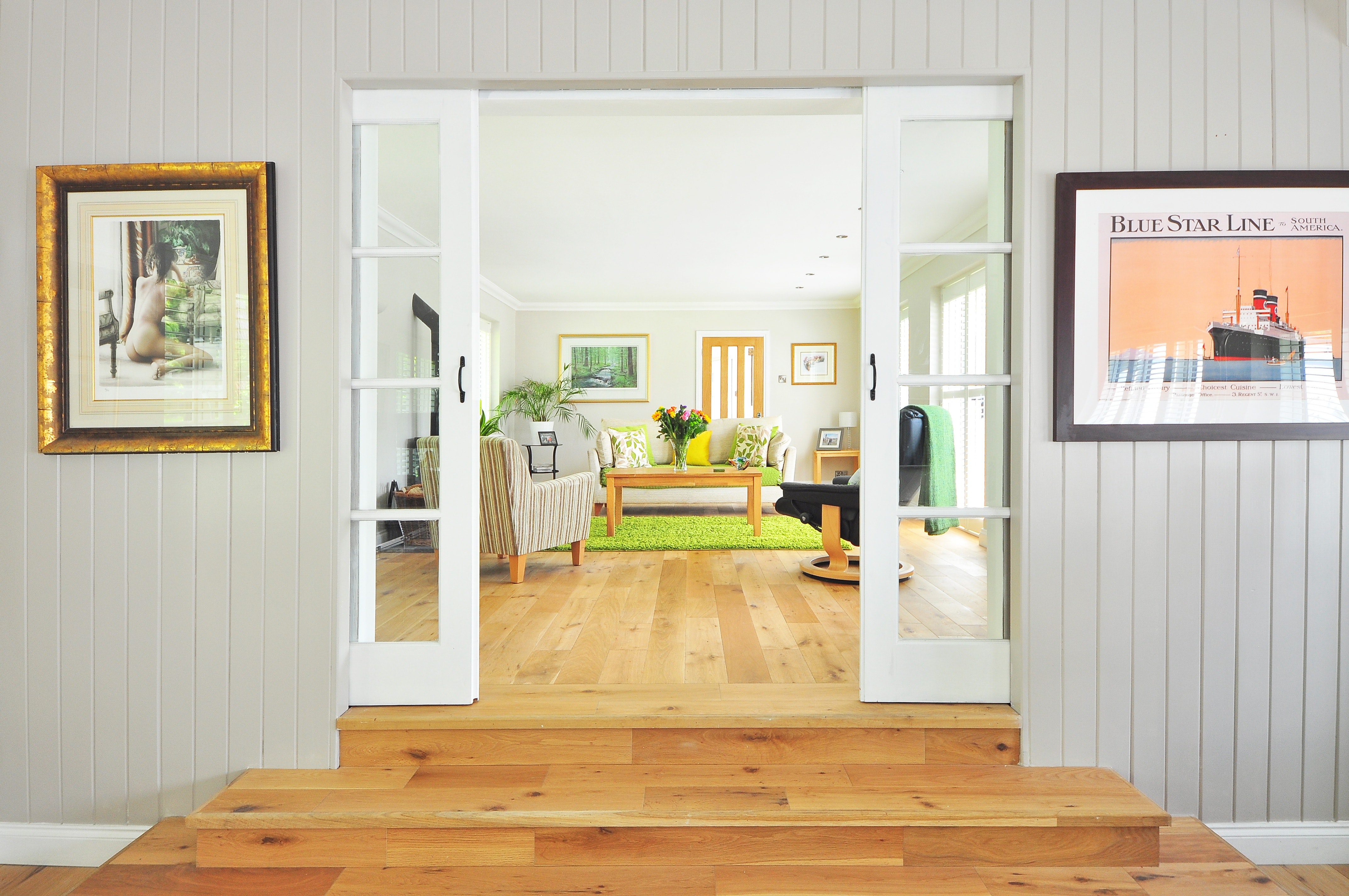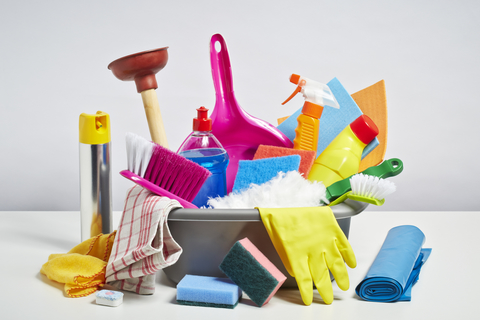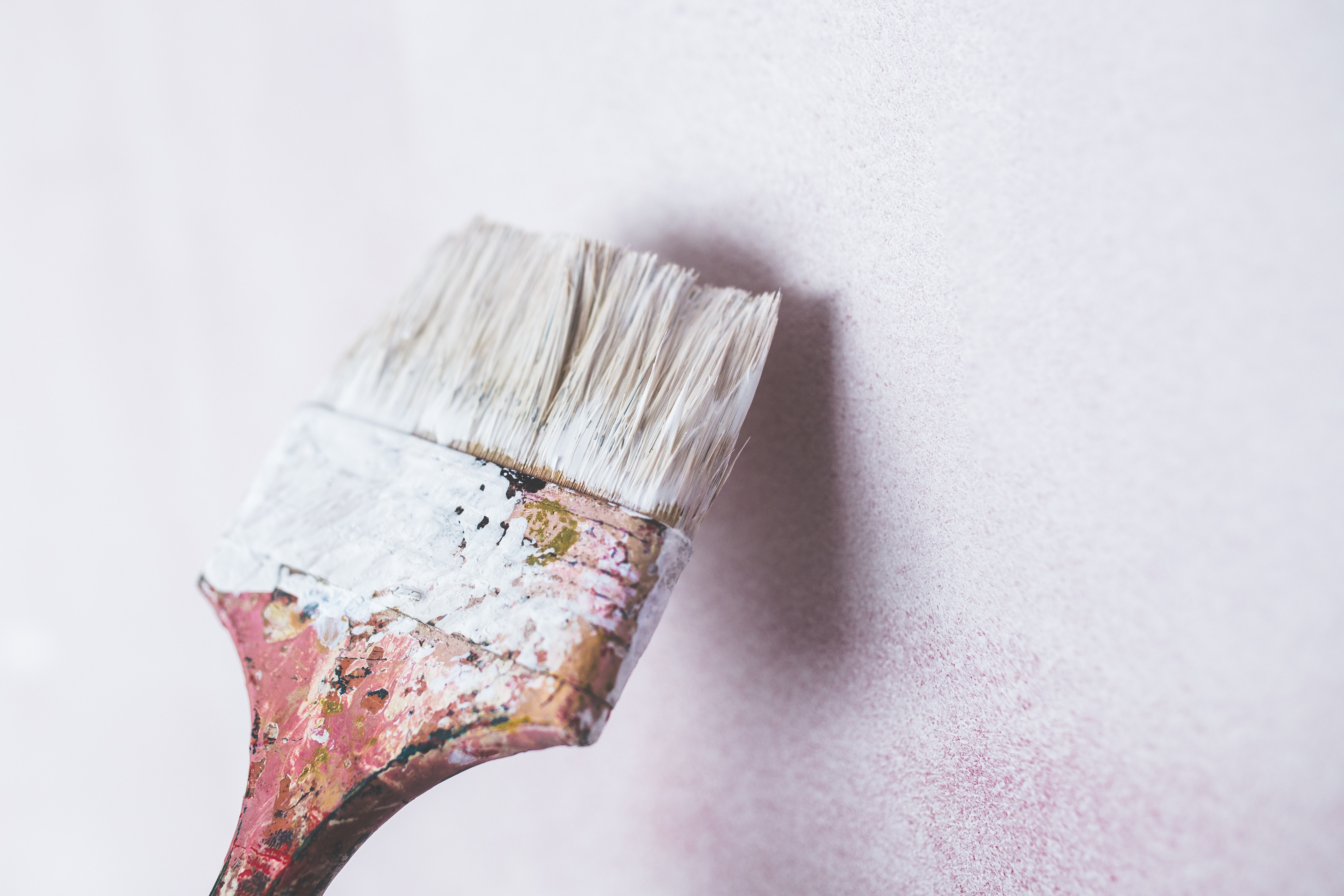The ingredients in hundreds of household products that you use every day, like paints, varnishes, air fresheners, perfumes, aerosols and paint strippers, has been linked to a broad spectrum of health problems from headaches to allergies, asthma and cancer.

The air in your home can be 70x more polluted than the outdoors – a cocktail of VOCs, solvents and chemicals like formaldehyde from sources such as carpets, furnishings, MDF, paints, lacquers, cleaning products, personal products, aerosols etc. (WHO data).
Volatile organic compounds (VOCs) in your home cause acute and chronic health problems, but they’re hard to completely eliminate. Here’s what VOCs are & where VOCs and where they come from and what you can do to reduce your exposure to these toxins & irritants.
The ingredients in hundreds of household products that you use every day, like paints, varnishes, air fresheners, perfumes, aerosols and paint strippers, has been linked to a broad spectrum of health problems from headaches to allergies, asthma and cancer.
These Volatile Organic Compounds, or VOCs, are the vapours that come from many everyday household products, such as cleaners, paints, and air fresheners. Chronic exposure to VOCs has been shown to cause Sick Building Syndrome, Danish Painters’ Syndrome and even cancer. Many VOCs are highly toxic & carcinogenic – like benzene, formaldehyde, toluene, xylene, isocyanates etc.
The effect of VOCs on your health depends on a number of variables, including how many hours you spend at home and ventilation patterns in your living space. But VOCs are so widespread, that you can’t get rid of them entirely. When you buy a new car for instance, that “new car smell” is VOC ! To reduce your VOC exposure, buy certified Zero-VOC paints, low-VOC products and increase ventilation when you use them. Avoid buying formaldehyde-based products like MDF and ply – and wash your new bedding and clothes – because most are treated with formaldehyde based treatments for presentation, crease-free clothing, sizing agents, mercerising or stain-repellents.
So here are some more tips on reducing your VOC & toxin overload;

Buy carefully – read the labels
When it comes to household chemicals, try to read the label & buy accordingly. Aerosols – cans, bottles – are inherently polluting as they need VOC propellant to work. Stored chemicals are a major source of VOCs, often even when the container is closed up tight. Whenever possible, buy zero-VOC or low-VOC versions of products like paints, varnishes etc. Many “green” brands are only slightly more expensive than conventional versions. Search “VOC free paint” on the net for options. Think ! – standard acetone nail-polish remover is 100% VOC ! Many paints are based on toluene, xylene, white spirit – all of these chemicals are 100% VOC. Search Google for zero-VOC or low-voc alternatives.

What about your shed and garage?
Store smelly stuff in a detached shed/garage – including your car & motorbike – they give off VOCs like petrol & diesel all the time, not just when running. An attached garage with a vehicle in there is polluting your airspace 24/7, so at least ensure that any doors & windows into the home are airtight and closed when not in use.
Paints, paint thinners, pesticides, and aerosol tins are a major source of VOCs. The further away from your house you store these smelly items, the better. A detached shed is ideal. Use it to store petrol-powered tools, too—lawn mowers, leaf blowers, and chain saws etc.
If you are not going to actually use them, take leftover pesticides, paint, and other chemicals and dispose of them at your municipal waste depot.
Painting & varnishing – use zero VOC options (search the net if needed) and weather permitting, open windows and run exhaust fans when you’re working with solvent-based paints and pungent cleaners. Trust your nose—if you can smell it, you’re breathing in VOCs. That includes any time you bring vinyl or plastic items (say, a new shower curtain) or dry-cleaned clothes into the house.
If weather permits, remove covers and packaging from items and set them outside for a while to off-gas—at least until they don’t smell.

New homes and new furnishings
New fabric & leather sofas, chairs, furniture, is normally shipped with sachets of highly toxic fungicides hidden inside, like allergy-causing fumarates – search down the sides & under cushions & dispose of these and leave the furniture outside to offgas in a garage if possible for several days – some of these VOCs can cause serious health issues.
The same concerns apply to new carpets, underlay, wooden laminate flooring, vinyl tiles etc – if at all possible, let them offgas before bringing them into your home.
MDF and ply – are based on formaldehyde which is very toxic & carcinogenic – formaldehyde is also embalming fluid, so unless you’d like to be embalmed whilst still alive, then avoid it at all costs.
Get rid of the air fresheners – plug-ins, aerosols, reed fragrancers, commercial pot pourri etc
They all emit VOCs & chemicals that aren’t identified on the label. Many also contain terpenes, a fragrant VOC chemical that’s widely found in natural substances, such as pine & orange oil.
Research by the University of California, Berkeley found that terpenes react with naturally occurring ozone in the air and form carcinogenic microparticulate compounds that are drawn deep into the lungs and also have other long-term effects on the respiratory system (asthma, for example).

The alternative?
Keep a clean house, use environmentally friendly cleaners and put a sweet-smelling bunch of your favourite flowers in a vase.
Also, many of the powered hepa air-purifiers on the market are very good – although not cheap and they do require power to run.
Another alternative is to invest in one of the several air-purifying paints on the market – which require no power supply or maintenance.
There are a number of brands on offer (search the net for, say, “air pure paint”) – for use on walls, ceilings and woodwork – these paints are free of VOCs and – once dry – filter out the VOCs in the home 24/7.
Good air purifiers can be similarly effective, but need to be switched on! – there is nothing to forget with a coat of paint.
By Ian West (the man who develops organic paints! )

